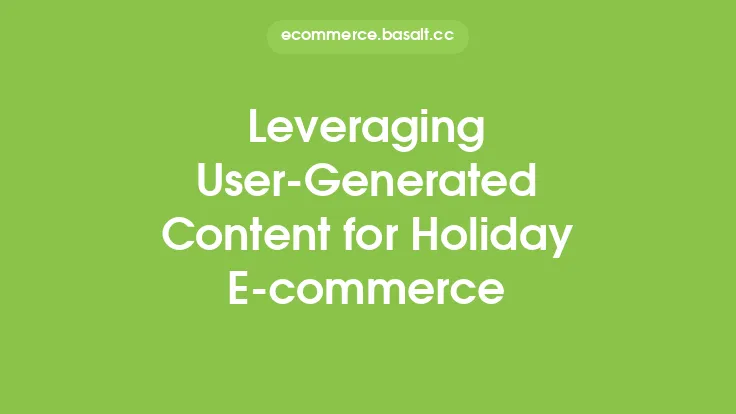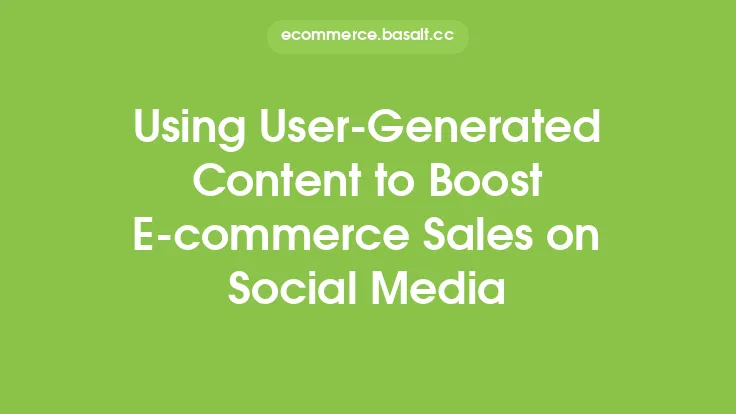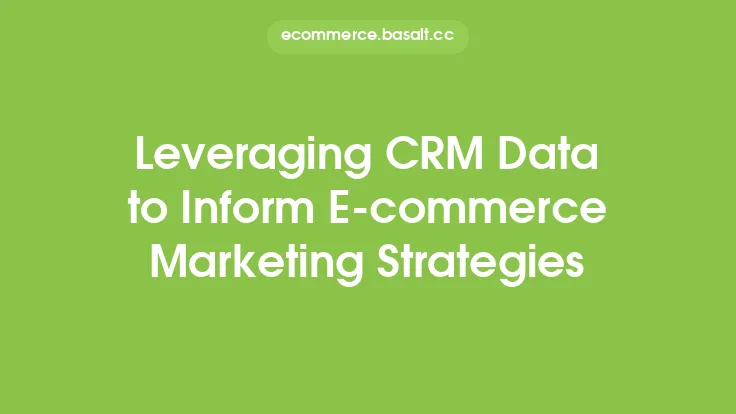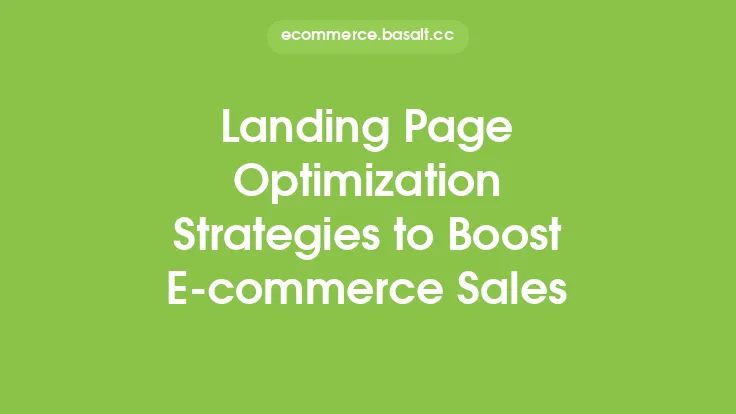In the ever-evolving landscape of e-commerce, businesses are continually seeking innovative strategies to engage customers, build trust, and drive sales. One effective approach that has gained significant attention in recent years is leveraging user-generated content (UGC) to enhance e-commerce strategies. UGC refers to any content created and shared by individuals, rather than brands, and can include product reviews, ratings, photos, videos, and social media posts. By harnessing the power of UGC, e-commerce businesses can create a more authentic, customer-centric, and persuasive online shopping experience.
Understanding the Benefits of User-Generated Content
The benefits of UGC in e-commerce are multifaceted. Firstly, it helps to build trust and credibility with potential customers. When shoppers see reviews and ratings from other customers, they are more likely to trust the brand and feel confident in their purchasing decisions. UGC also provides social proof, which is a powerful motivator for online shoppers. Additionally, UGC can increase conversions, as customers are more likely to purchase a product that has been endorsed by others. Furthermore, UGC can help to reduce return rates, as customers are more informed about the product and its features.
Types of User-Generated Content
There are several types of UGC that e-commerce businesses can leverage, including product reviews, ratings, photos, videos, and social media posts. Product reviews are a crucial form of UGC, as they provide detailed information about a product's features, quality, and performance. Ratings, on the other hand, provide a quick and easy way for customers to evaluate a product. Photos and videos can be used to showcase products in a more engaging and interactive way, while social media posts can help to create a buzz around a product or brand.
Strategies for Collecting and Utilizing User-Generated Content
To collect and utilize UGC effectively, e-commerce businesses need to have a clear strategy in place. This can include implementing a review and rating system on their website, encouraging customers to share photos and videos of their products, and monitoring social media for brand mentions and customer feedback. Businesses can also incentivize customers to create UGC by offering rewards, such as discounts or free products, for customers who share their experiences with others. Additionally, businesses can use UGC to create engaging content, such as customer showcases, lookbooks, and product demos.
Best Practices for User-Generated Content Campaigns
To run successful UGC campaigns, e-commerce businesses need to follow best practices. Firstly, they need to ensure that the UGC they collect is authentic and trustworthy. This can be achieved by verifying the identity of customers who create UGC and ensuring that their reviews and ratings are genuine. Businesses also need to make it easy for customers to create and share UGC, by providing simple and intuitive tools and platforms. Additionally, businesses need to respond promptly to customer feedback and concerns, to show that they value and appreciate their customers' input.
Measuring the Effectiveness of User-Generated Content
To measure the effectiveness of UGC campaigns, e-commerce businesses need to track key metrics, such as conversion rates, sales, and customer engagement. They can also use analytics tools to monitor the performance of UGC campaigns and identify areas for improvement. Additionally, businesses can conduct surveys and focus groups to gather feedback from customers and understand the impact of UGC on their purchasing decisions.
Overcoming Challenges and Limitations
While UGC can be a powerful tool for e-commerce businesses, there are also challenges and limitations to consider. One of the main challenges is ensuring the authenticity and trustworthiness of UGC, as fake or misleading reviews can damage a brand's reputation. Businesses also need to be mindful of copyright and intellectual property issues, when using customer-created content. Additionally, businesses need to have a clear strategy in place for responding to negative reviews and feedback, to show that they value and appreciate their customers' input.
Future of User-Generated Content in E-commerce
The future of UGC in e-commerce is exciting and rapidly evolving. With the rise of social media and influencer marketing, UGC is becoming increasingly important for e-commerce businesses. Additionally, the use of artificial intelligence and machine learning is enabling businesses to analyze and utilize UGC more effectively. As the e-commerce landscape continues to shift and evolve, it is likely that UGC will play an even more critical role in shaping the online shopping experience.
Conclusion
In conclusion, leveraging user-generated content is a powerful strategy for e-commerce businesses to enhance their online shopping experience, build trust and credibility, and drive sales. By understanding the benefits and types of UGC, implementing effective collection and utilization strategies, and following best practices, businesses can harness the power of UGC to create a more authentic, customer-centric, and persuasive online shopping experience. As the e-commerce landscape continues to evolve, it is essential for businesses to stay ahead of the curve and leverage UGC to stay competitive and drive growth.





